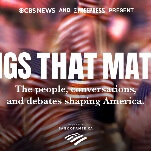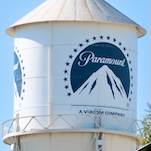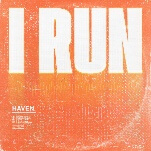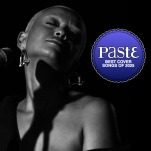AP Style clarifies its “alt-right” rule, because words mean things
AP Style—the Associated Press’ rulebook that acts as the journalist’s style guide, dictionary, and reference for best practices in writing news—highlighted its rule for using the term “alt-right” in a blog post yesterday in response to the right-wing violence in Charlottesville and the way it was covered in the news. Journalists aren’t the only ones trying to figure out what to call this racist, violent group. Are they the “alt-right”? “Neo-Nazi”? Plain old “Nazi”? “White supremacist”? It’s for reasons like this the AP guide exists. It standardizes the language used in news (and pop culture writing—The A.V. Club follows AP Style), from political identities to whether it’s “donut” or “doughnut.” (It’s “doughnut.”)
So while AP’s rule about using the “alt-right” hasn’t changed from when it was added to the book last year, events in Charlottesville prompted the people behind the stylebook to clarify a few things. John Daniszewski, AP’s vice president for standards, wrote that “the events in Charlottesville are an opportunity to take another look at our terminology around ‘alt-right’ and the way that we describe the various racist, neo-Nazi, white nationalist and white supremacist groups out there.”
The rule is:
In AP stories discussing what the movement says about itself, the term “alt-right” (quotation marks, hyphen and lowercase) may be used in quotes or modified as in the self-described “alt-right” or so-called alt-right. Avoid using the term generically and without definition, however, because it is not well-known and the term may exist primarily as a public relations device to make its supporters’ actual beliefs less clear and more acceptable to a broader audience.








































